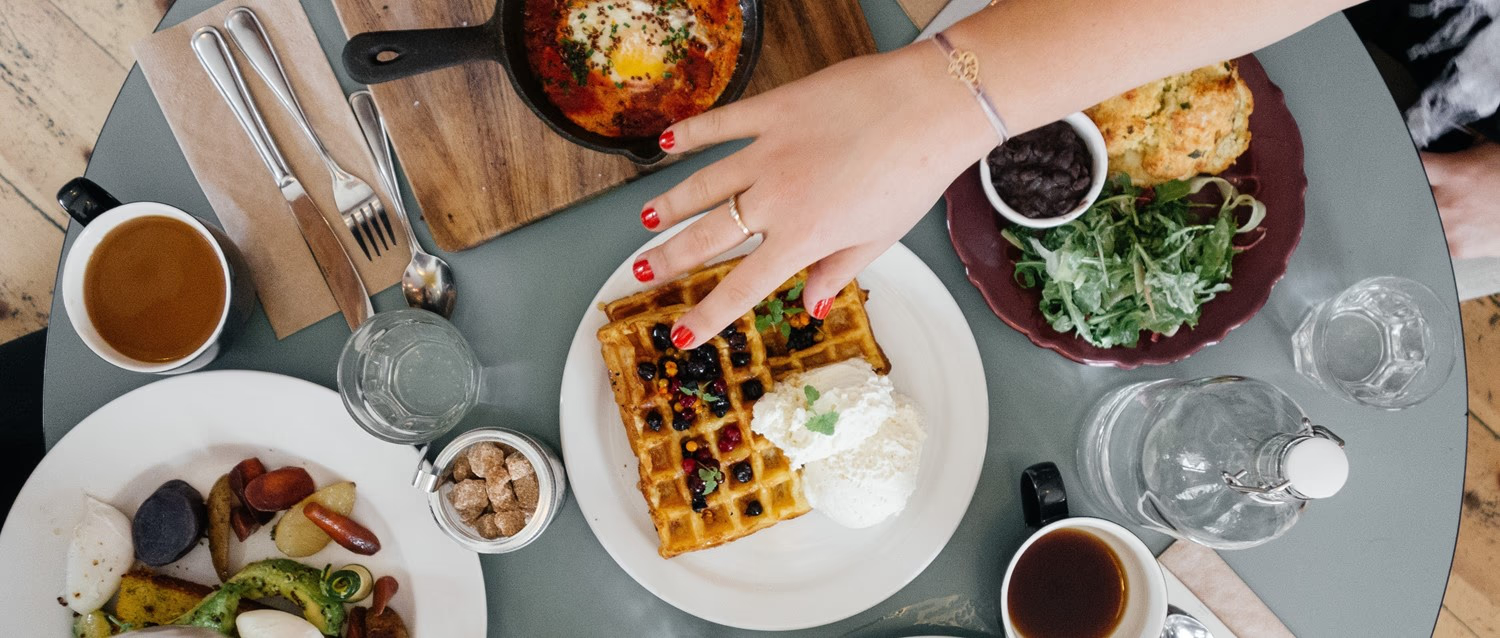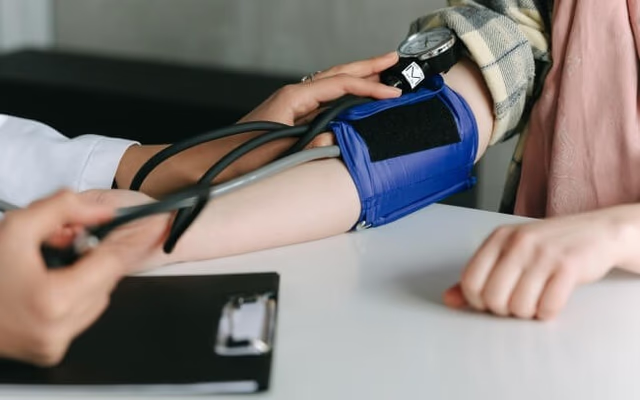
How to eat out with diabetes
Peer reviewed by Dr Sarah Jarvis MBE, FRCGPLast updated by Amberley DavisLast updated 24 Jan 2024
Whether it's a quick catch-up in a café, a leisurely lunch or formal dinner, eating out with family and friends is one of life's great pleasures. But when you have diabetes, it can also be a challenge to eat healthily, control your blood sugar, and reduce your risk of other complications, such as diabetic ketoacidosos. We explore how, with a little planning and consideration, there's no need to miss out - even if you're on medication.
In this article:
Continue reading below
Follow the healthy eating rules
"A change in your usual routine and diet needn't have an effect on diabetes control," says Pav Kalsi, senior diabetes dietitian and co-founder of Planet Nourish. "It can be balanced by adjusting the amount and/or timing of any insulin that you take. Talk to your healthcare team about how to adjust your dose."
If you're not taking insulin, you can manage your diabetes by sticking to the healthy eating principles you normally follow at home. This means picking the most nutritious foods, the healthiest preparation methods and the right portion size. It may be trickier when you're not doing the cooking, but it's still possible to manage.
Eating out like an expert
Plan ahead
Most restaurants and cafés publish their menu or a typical example on their website, so take a look before you book and check there are dishes you can enjoy. Many publish all the nutritional data too, so you can monitor calories if you're trying to lose weight or carbs so you can adjust your insulin. Diabetes UK also has a list of high street restaurant menus.
Ask questions
Good waiting staff will be primed to answer any queries about ingredients or preparation. Don't be shy about asking what cooking methods are used, or if salt or fat is added, for example.
You can always ask for healthier options such as:
Having vegetables steamed instead of fried.
Requesting the meat and fish are steamed or grilled.
Asking for food cooked without butter.
Leaving off batter and breadcrumbs.
Watch your carbs
You may already use a carbohydrate counting app or be familiar with the carbohydrate content of different foods. But it can be harder to do this when youre eating out and have more options on offer. Choose healthier carbs such as whole grains and legumes, and limit refined grains, and processed and sugary foods.
Patient picks for Diabetes mellitus
Watch your fat
Limit saturated fat where you can, such as in sauces, dressings, fatty cuts of meat and fried foods. It's high in calories, which can contribute to weight gain and raise cholesterol, increasing your risk of cardiovascular disease. Ask staff about healthier, unsaturated alternatives or ask for sauces and dressings on the side.
Fill up with vegetables
For a balanced meal, include a good portion of vegetables and some lean protein, such as chicken, fish, legumes or tofu. This can help you to feel fuller for longer, and you'll be less likely to overeat.
The UK government's Eatwell Guide suggests one third of your plate should be vegetables, while a portion of protein should be about the size of your palm.
Look out for hidden sugar and salt
Many salad dressings, marinades and sauces can be high in sugar and salt, so ask for them on the side and just have a small amount. You could also substitute dressings for vinegar or lemon juice.
Desserts tend to be high in sugar too, so share with a friend or have fresh fruit if it's an option. Fruit can also be quite high in sugar, but is generally better for you as it contains a range of healthy nutrients, and is not absorbed as quickly as refined sugars.
Drink wisely
A regular-sized sugary fizzy drink can contain around 10 teaspoons of sugar but restaurant portions can be bigger, so it's better to go for sugar-free or diet versions. Juices and smoothies can be equally high in sugar, as are many alcoholic drinks.
Don't forget to add any drinks to your carb count, or make drinking water more interesting with ice, sparkling options and fruit slices.
Watch your portion sizes
Restaurant portions sizes tend to be larger than those at home. If you know a restaurant likes to 'supersize', ask for a starter as a main, go for a kids' portion or split a meal with a friend.
Don't feel the need to clean your plate either - try to eat slowly and mindfully, listen to your body and stop when you're full. If you're watching your weight, take care not to fill up on bread, bar snacks or sharing platters, too.
Article History
The information on this page is written and peer reviewed by qualified clinicians.
24 Jan 2024 | Latest version

Feeling unwell?
Assess your symptoms online for free

